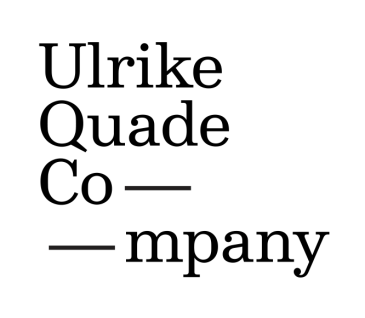 https://www.ulrikequade.nl/ulqua/wp-content/uploads/2024/09/AnoukvanKalmthout_PortretUlrike_1_Liggend_Lowres_thumb.jpg
1067
1300
Ulrike Quade Company
https://www.ulrikequade.nl/ulqua/wp-content/uploads/2023/01/logo_strepen_vierkant-365x318.png
Ulrike Quade Company2024-12-13 15:42:352024-12-20 14:32:03Interview with Ulrike Quade: on UNBORN’s unheard perspectives
https://www.ulrikequade.nl/ulqua/wp-content/uploads/2024/09/AnoukvanKalmthout_PortretUlrike_1_Liggend_Lowres_thumb.jpg
1067
1300
Ulrike Quade Company
https://www.ulrikequade.nl/ulqua/wp-content/uploads/2023/01/logo_strepen_vierkant-365x318.png
Ulrike Quade Company2024-12-13 15:42:352024-12-20 14:32:03Interview with Ulrike Quade: on UNBORN’s unheard perspectivesHuman-robot interaction: care in performance art
The Ulrike Quade Company, a pioneer in interdisciplinary visual theater in Amsterdam for over twenty years, combines puppetry and technology on stage. Our mission is to blur the boundaries between technology, art and humanity. We do this by collaborating with professionals from the performing arts, creative industries and sciences.
In our Center Stage Robotics project, we explore how industrial robots can perform in a theatrical environment. From July 2023 to December 2024, we are diving into the world of industrial robots within theater and performance. Our sprints are essential here: intensive work sessions in which we explore specific topics and themes with a multidisciplinary team. These sessions provide new insights, prototypes and concepts for future theater and museum projects.
Second sprint: interaction of care between human and robot
In one of our recent sprint events, we explored the theme of care in human-robot interaction. In it, circus artist and performer Daniel Simu engaged in a unique dialogue with a KUKA robot. Daniel Simu, known for his work in acrobatics, circus electronics and generative art, brought his versatile artistic skills to explore the dynamics of this interaction.
The performance: a game of movement and reaction
Three different sequences were performed during the sprint, focusing on the interaction between Daniel and the KUKA robot. Rick van Dugteren, responsible for programming and operating the robot, ensured that the robot moved in specific ways. Each sequence was followed by a discussion that provided new insights into how humans and robots interact.
In the first sequence, the robot moved close to the ground with a metal wheel on the end. Daniel responded by holding, pushing or pulling the wheel, which created a comical slapstick-like atmosphere. In the second sequence, the wheel was raised higher, forcing Daniel to adjust his reactions. This changing dynamic raised questions about how the performers influence each other.
In the third sequence, the robot changed its movement pattern to an up-and-down motion. Daniel hung from the wheel in a fetal position, evoking a sense of care and vulnerability. This sequence emphasized the physical and emotional aspects of the interaction, focusing on the strength and fragility of both humans and robots.
Insights and reflections on care and vulnerability
After each sequence, participants discussed the observed features of the interaction. Daniel’s skills, such as assuming certain positions and performing movements in response to the robot, highlighted the theme of care. The moments when Daniel hung still on the wheel evoked associations with human vulnerability and caring. However, the robot’s pre-programmed movements were perceived as less caring, while manual control via remote control allowed for a more thoughtful and caring expression.
This exploratory performance showed how artistic skills and genres such as slapstick can help express complex concepts such as caring. This inspired further exploration of manual interaction with the KUKA robot, which will be the theme of an upcoming Sprint event.
Conclusion
This second sprint gave us valuable insights into how humans and robots can interact in a caring way within the context of performance art. The discussions and observations that emerged from these sessions will serve as a basis for future sprints and further explorations of human-robot dynamics in different artistic and social contexts.





